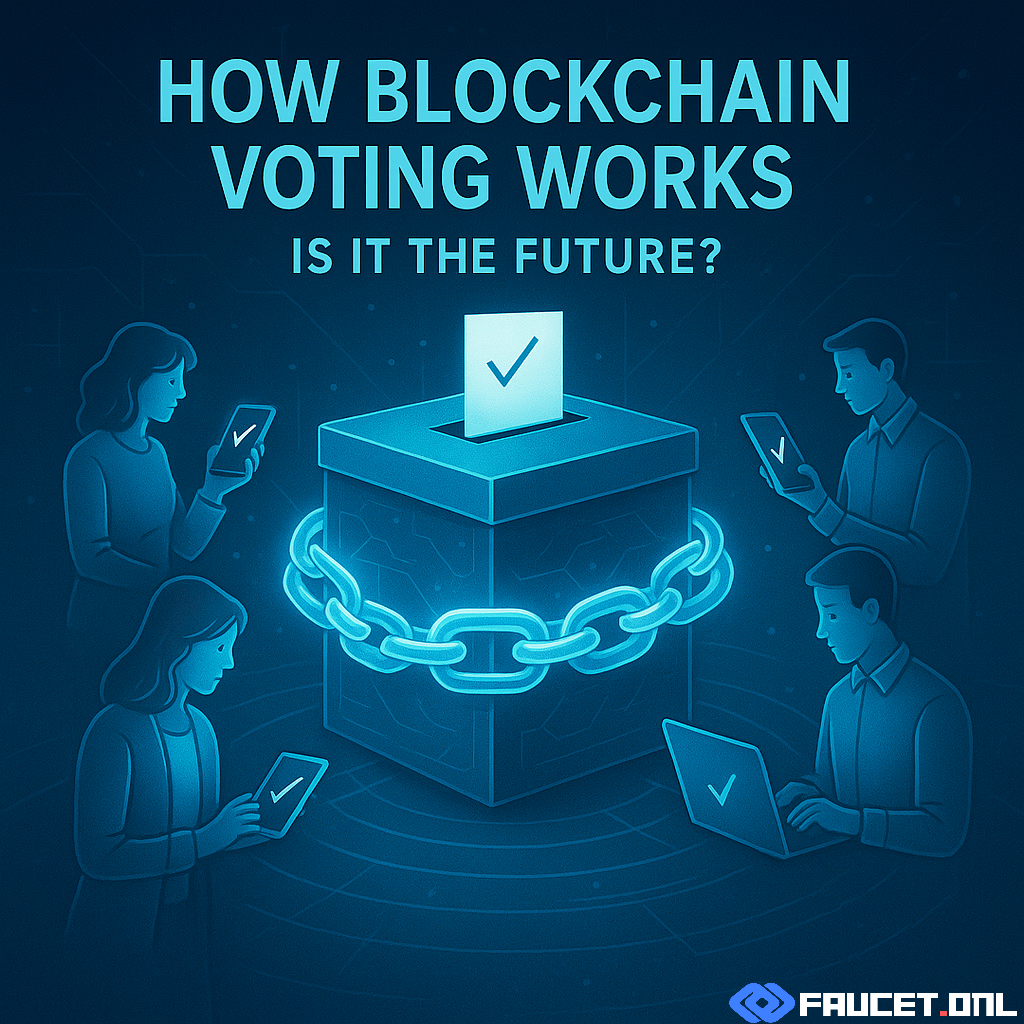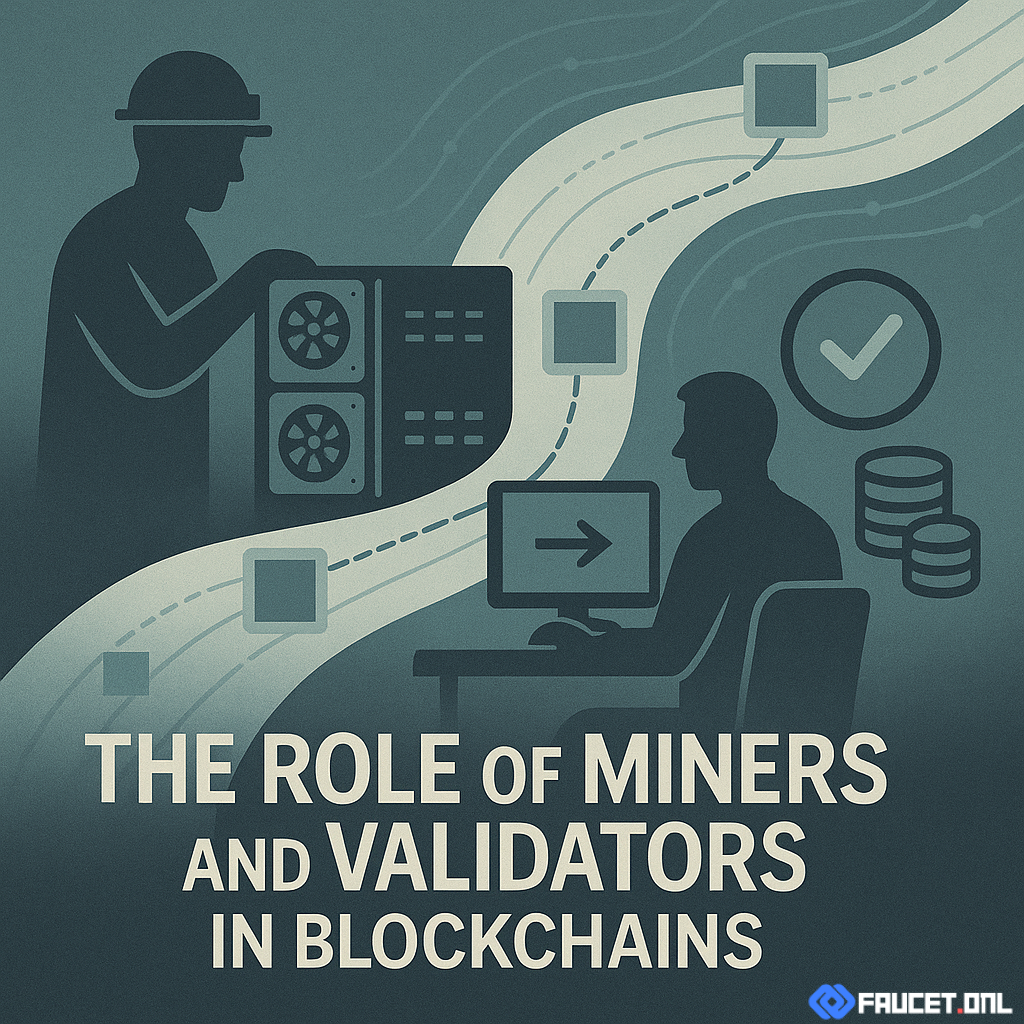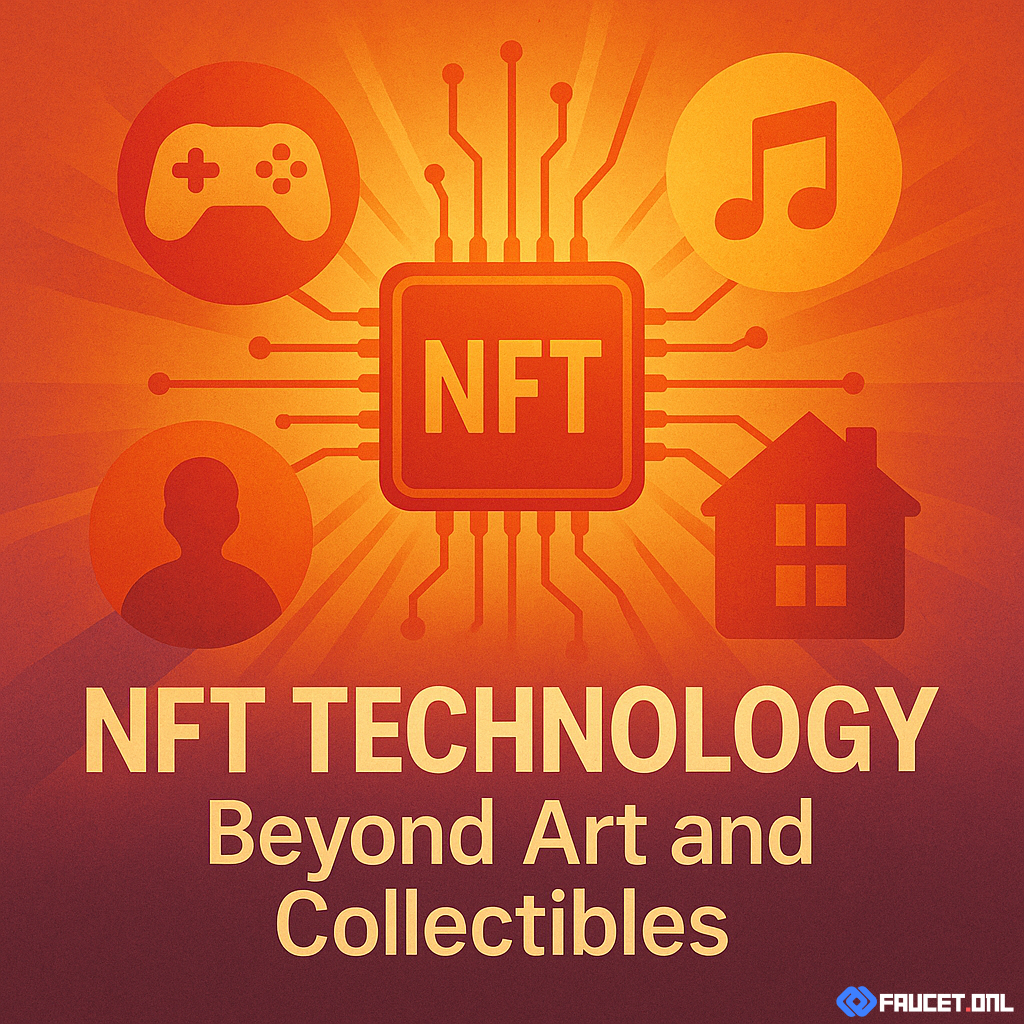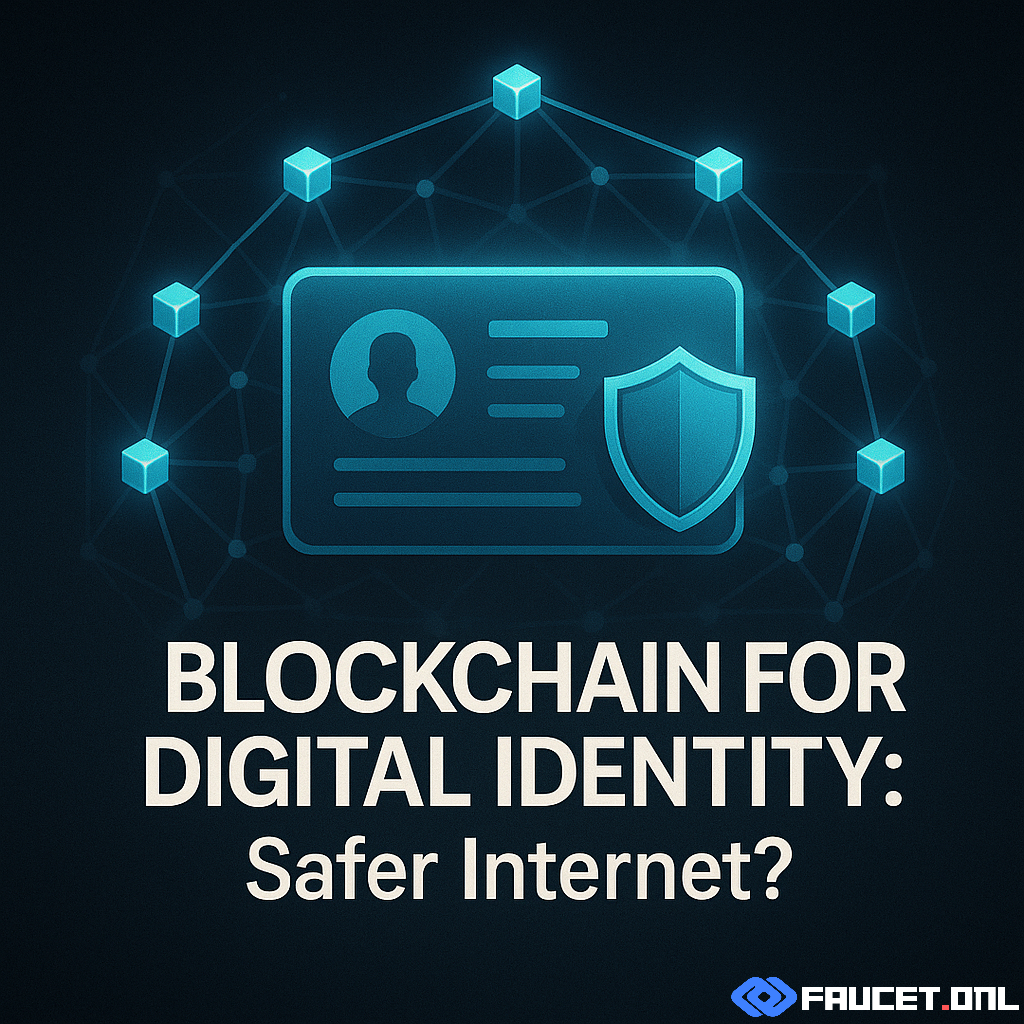Voting Today: Old Problems, New Needs
From paper ballots to electronic machines, voting methods have come a long way. But even today, elections can be complicated, expensive, and—let’s face it—sometimes frustrating. Many people can’t vote easily because of work, travel, health, or limited polling places. Meanwhile, election results are sometimes questioned due to concerns about fraud, hacking, or lost ballots. These issues aren’t just technical; they impact trust in democracy itself.
In many countries, voting still happens in person, using paper or aging machines. Counting is slow, mistakes happen, and the process is rarely as transparent as voters would like. And when elections are close, even small issues can cast a shadow over the results.
Blockchain’s Role: What Can Change?
Blockchain technology promises a new approach. Instead of keeping votes in a central location that can be hacked or manipulated, blockchain stores votes across a network of computers. Each vote becomes a unique digital record that’s almost impossible to change without leaving a trace. Supporters say this could lead to more secure and transparent elections, available to anyone with a smartphone or computer.
Another big plus? Voting on the blockchain can be done remotely. This could mean higher turnout, especially among people who have trouble getting to the polls—like those living abroad, people with disabilities, or anyone with a packed schedule.
How It Works: A Simple Breakdown
Imagine voting in an election from your phone or laptop. Here’s how blockchain voting might work in practice:
- Secure Registration: Voters sign up online and prove their identity with secure digital IDs or biometric checks.
- Private Ballot: The system gives each voter a digital ballot. Only the voter can fill it out, and their choices remain private—just like in a voting booth.
- Vote Submission: Once the voter picks their candidates or answers, their vote is encrypted and added as a new “block” to the blockchain. No one can change this block without the network’s agreement.
- Transparency: Every vote is recorded and timestamped. Anyone can verify that votes were counted, but no one can see who voted for what.
- Final Count: When polls close, votes are automatically counted and results can be viewed instantly by the public.
The real magic is that blockchain makes tampering almost impossible, while keeping voting both private and verifiable.
Challenges: Not All Smooth Sailing
As promising as blockchain voting sounds, there are real hurdles to overcome. First, not everyone has secure digital IDs or reliable internet access. Hackers could try to attack voter devices, even if the blockchain itself is secure. Then there’s the big question of privacy—can votes stay secret if everything is digital?
There are also worries about bugs in the software or errors in programming that could impact results. And even the best technology can’t replace the need for clear laws and strong election oversight. For now, most governments are testing blockchain voting only in small pilots or local elections, rather than for national votes.
Future Potential: Voting for All?
Could blockchain voting become the standard for future elections? It’s possible, especially as technology becomes more trusted and digital IDs become common. Imagine a world where anyone can vote from anywhere, results are instant and transparent, and everyone trusts the outcome. But before that happens, big questions about security, privacy, and accessibility need solid answers.
For now, blockchain voting is more of a promising experiment than a finished product. But as more people demand safer, easier, and fairer elections, the push for new solutions like blockchain is only getting stronger. The future of voting might just be built, one block at a time.



